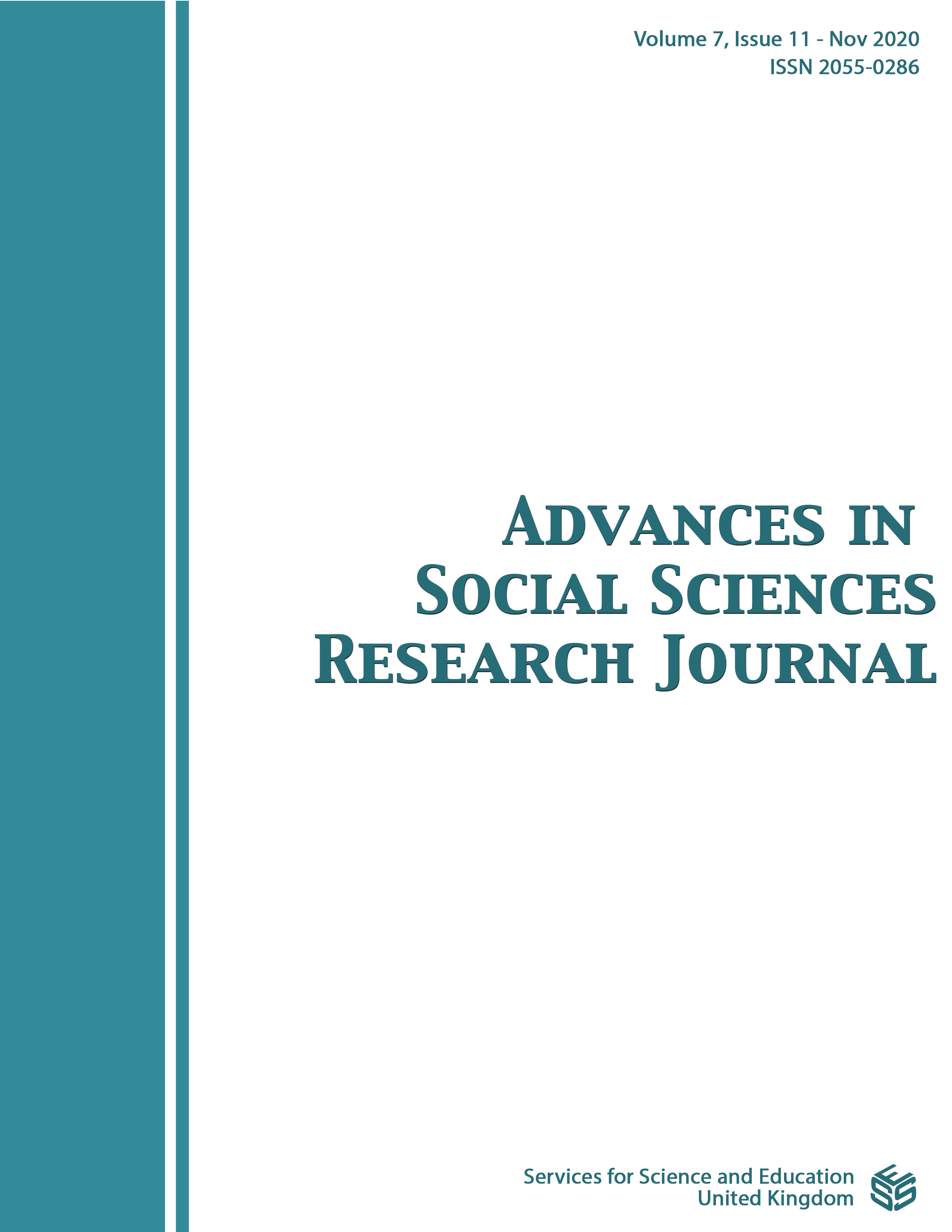SYNERGITY ANALYSIS on LOCAL INSTITUTIONAL Of VILLAGE FUND MANAGEMENT (Case Study on Jungsemi Village, Kangkung District, Kendal Regency, Central Java Province)
DOI:
https://doi.org/10.14738/assrj.711.9184Keywords:
Synergy, Village Funds, Village Institutions, Village Officials, CommunityAbstract
The problem of this study was how is the synergy of local institutions to manage village funds and what there were the inhibiting / supporting factors for managing village funds for village development. This study was to describe and analyze the synergy of local institutions in the management of village funds and to describe and analyze obstacles and support factors in managing village funds for development.
This research used a phenomenological qualitative approach, because the qualitative approach has characteristics, including: having an actual sett, and the researcher was the key instrument. The data was usually descriptive, emphasizes the process, the data analysis was inductive, and the meaning of each event was essential attention. Data analysis used an interactive model, namely the analysis technique which is an integral cycle between data collection, data reduction, data display and conclusion.
The synergy of village institutions in Jungsemi Village was well developed because it involved various existing institutions and operated in various sectors of the village funds management, transparency or openness must be built with the community and with existing village institutions
References
Eaton, Joseph W. (1986) (editor), Institutional Development and National Development, from concepts and applications, UI Press.
Moleong, Lexy J (2000), Qualitative Research Methodology, Youth Work, Bandung Nasution (2003), Qualitative Naturalistic Research Methods, Tarsito, Bandung
Nasution, S. 1995. Research Methods. Jakarta: Earth Literacy.
Ostrom, E. 1985. Formulating the elements of institutional analysis. Paper presented to conference on Institutional Analysis and Development. Washington DC May 21-22, 1985.
Ruttan VW and Hayami, Y. 1984. Toward a theory of induced institutional innovation. Journal of Development Studies. Vol. 20: 203-33.
Ufford, Q, Arief Budiman, (1988), Hidden Crisis in Development, Bureaucratic Bureaucracy in Development, Gramedia, Jakarta
Uphoff, N. 1992. Local Institutions and Participation for Sustainable Development. Gatekeeper Series SA31. IIED, London.
Uphoff, Norman (1986), Local Institutional Development, Kumarian Press, Westhartford, Connecticut
Source Digital:
National Development Planning Agency. Coordination meeting for the preparation of RPJMN and RKP for rural development. Retrieved on November 14, 2014, from http: //www.trp.or.id/detailberita/246/Rakor-Penyusunan-RPJMN and-RKP Pembangunan-Rural.html.
Central Bureau of Statistics. Percentage of urban population by province 2010-2035. Obtained 17April2014, from http://bps.go.id/tab_sub/view.php?kat=1&tabel=1&daftar=1&id_subyek=12 & notab .
Laws and Regulations:
The 1945 Constitution of the Republic of Indonesia.
Law Number 6 of 2014 concerning Villages. Government Regulation Number 72 of 2005 concerning Villages.
Government Regulation Number 60 of 2014 concerning Village Funds Sourced from the State Revenue and Expenditure Budget.
Minister of Home Affairs Regulation Number 37 of 2007 concerning Guidelines for Village Financial Management.
Downloads
Published
How to Cite
Issue
Section
License
Authors wishing to include figures, tables, or text passages that have already been published elsewhere are required to obtain permission from the copyright owner(s) for both the print and online format and to include evidence that such permission has been granted when submitting their papers. Any material received without such evidence will be assumed to originate from the authors.






